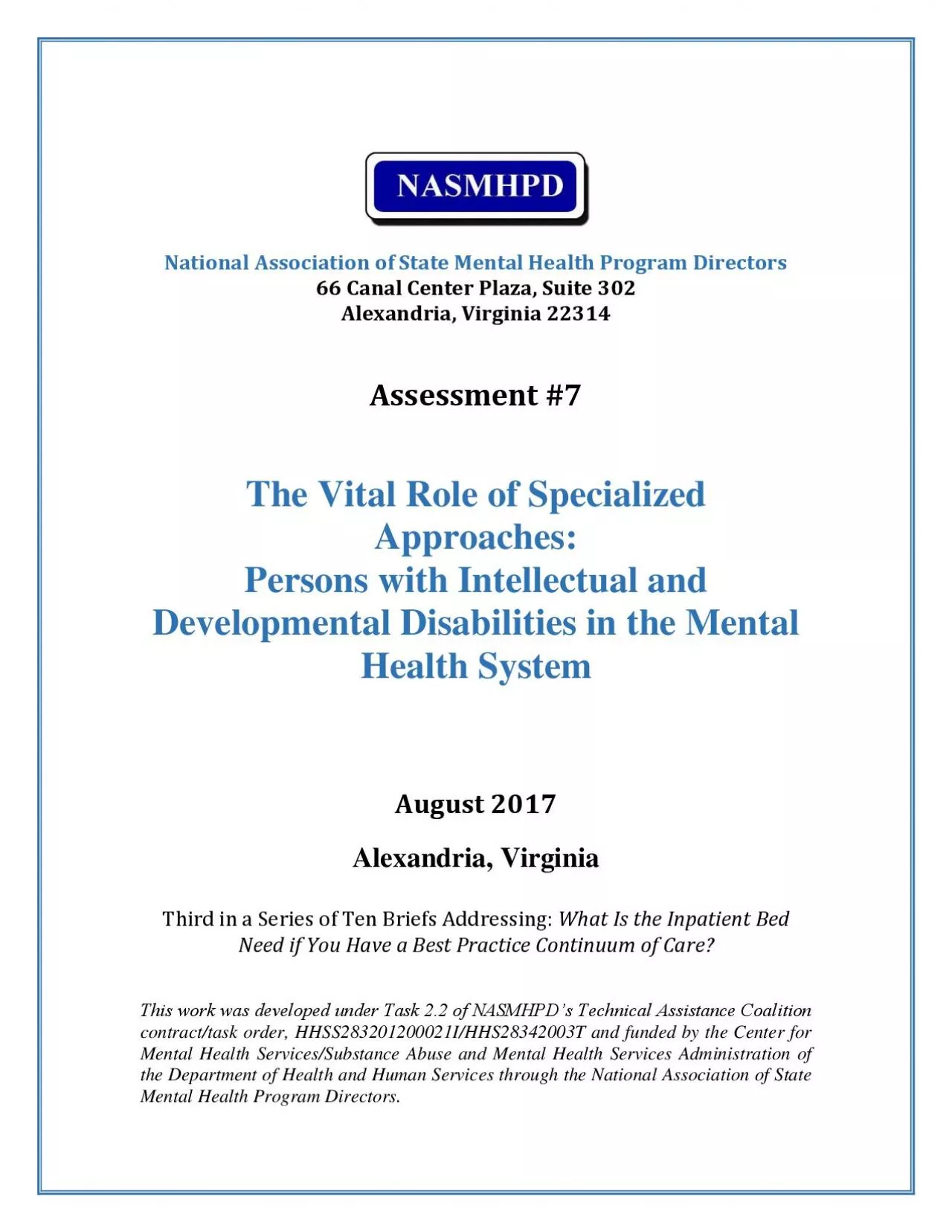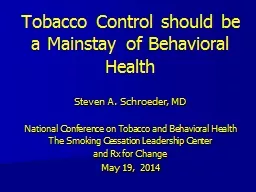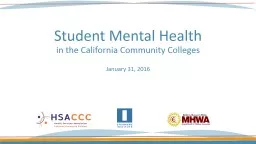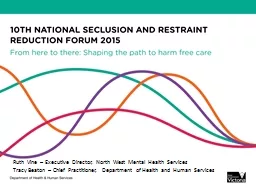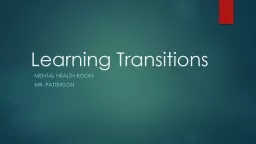PDF-National Association of State Mental Health Program Directors
Author : danya | Published Date : 2021-09-27
66 Canal Center Plaza Suite 302Alexandria Virginia 22314Assessment 7The Vital Role of Specialized Approaches Persons with Intellectual and Developmental Disabilities
Presentation Embed Code
Download Presentation
Download Presentation The PPT/PDF document "National Association of State Mental Hea..." is the property of its rightful owner. Permission is granted to download and print the materials on this website for personal, non-commercial use only, and to display it on your personal computer provided you do not modify the materials and that you retain all copyright notices contained in the materials. By downloading content from our website, you accept the terms of this agreement.
National Association of State Mental Health Program Directors: Transcript
Download Rules Of Document
"National Association of State Mental Health Program Directors"The content belongs to its owner. You may download and print it for personal use, without modification, and keep all copyright notices. By downloading, you agree to these terms.
Related Documents

